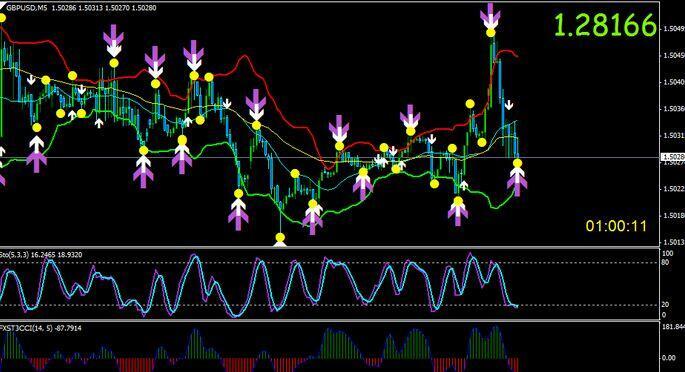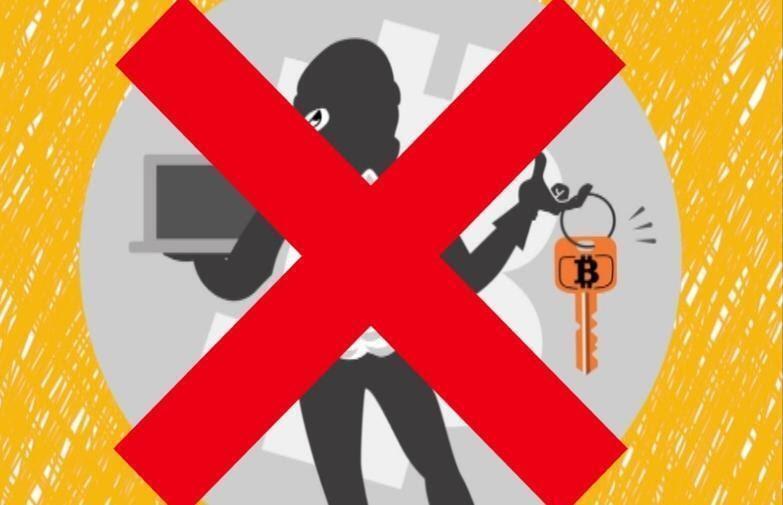Contents
The first and third trough are considered shoulders and the second peak forms the head. A move above the resistance, also known as the neckline, is used as a signal of a sharp move higher. Many traders watch for a large spike in volume to confirm the validity of the breakout. This pattern is the opposite of the popular head and shoulders pattern but is used to predict shifts in a downtrend rather than an uptrend. In this article, we have covered the basics of a price pattern and discussed two important reversal patterns, head, and shoulder & inverted head and shoulder.

This would have made a take profit set at 175 pips above the neckline the ideal place to book profits. The second, and preferable, entry strategy shows a pending buy order on a retest of the broken neckline as new support. Remember, “trading 101” says that old resistance becomes new support and vice versa, and that’s exactly what happened in the AUDUSD chart above. Based on the chart above, at what point was the inverse head and shoulders confirmed? See if you can identify the exact 4 hour candle before moving on to the next section. Contrary to the head and shoulders pattern, the inverse head and shoulders pattern occurs after an extended move down.
What does an Inverse head and shoulder look like?
On the other hand, the inverse head and shoulders is a bullish reversal pattern that occurs at the end of a downtrend. The sellers have run out of gas as they were unable to continue the series of the lower lows. The inverse head and shoulders pattern occurs during a downtrend and marks its end. The chart pattern shows three lows, with two retracements in between. The pattern completes and provides a potential buy point when the price rallies above the neckline or second retracement high.
As the first shoulder forms, you begin to see the downward momentum slowing. Then the head is formed when the price action breaks through the left shoulder and goes lower. Lastly, there is a rally and then a retest of the lows on the right shoulder that should not make a lower low. This is the extended move down that eventually leads to exhaustion and a reversal higher as sellers exit and buyers step up. That downtrend is met by minor support, which forms the first shoulder. As the market begins to move higher, it bounces off of strong resistance and the downtrend resumes.

As long as the demand is still present and stronger than supply, you will likely see another move higher in prices. The reason the inverse head and shoulders indicates a reversal is because it is an accumulation pattern. As you can see in the image shared above, the downward momentum of the stock is diminishing.
It is the opposite of the head and shoulders top pattern – the same chart formation but in reverse, indicating a bearish-to-bullish trend reversal instead. After the formation of the left shoulder, the price exceeds prior to high and form higher high formation and it is marked as top of the trend. After peak formed the price decline near the level of the prior swing low, and it forms the second point for the neckline. This low usually breaks the uptrend line and indicates a loss in market momentum. One of the main pros of using the inverse head and shoulders pattern is that it’s considered by traders to be fairly reliable in predicting a trend reversal. It is a classic pattern often seen in both stock and cryptocurrency markets.
Stellar Lumens (XLM) Price Prediction: When $1?
Justin Bennett is an internationally recognized Forex trader with 10+ years of experience. He’s been interviewed by Stocks & Commodities Magazine as a featured trader for the month and is mentioned weekly by Forex Factory next to publications from CNN and Bloomberg. Justin created Daily Price Action in 2014 and has since grown the monthly readership to over 100,000 Forex traders and has personally mentored more than 3,000 students. Notice in the chart above, the distance from the head to the neckline is 175 pips. Once we know this distance, we simply project 175 pips above the neckline to find the objective. The first option in the chart above illustrates what would be a market buy order as soon as the 4 hour candle closes.
The highest attained between the shoulders and the head shape the neckline that acts as a resistance. The neckline can be ascending (38% of cases), descending (40% of cases) or horizontal (22% of cases). This is the breakout of the resistance that activtrades alternatives validates the reversal patterns. The target price is equal in distance between the neckline and the bottom of the head that we symmetrically carry over to the neckline. This pattern is well known to investors and that is what makes it successful.
- This close is extremely important as it is what confirms the pattern.
- Like all charting patterns, the ups and downs of the head and shoulders pattern tell a very specific story about the battle being waged between bulls and bears.
- Support and resistance are two main concepts in technical analysis that help traders decide on the best price to buy or sell stocks.
- As a major reversal pattern, the Head and Shoulders Bottom forms after a downtrend, with its completion marking a change in trend.
- In order for an inverse head and shoulders to qualify as such, it must create two «shoulders» and a «head».
The head and shoulders pattern allows investors to estimate price targets for trade entry and exit, making it easier to place a stop-loss order. After the head and shoulders pattern completes, investors can determine profit and price targets. Besides volume and time frame, there can be other factors involved that can help confirm and determine the strength of the pattern. For example, traders can look at past falling broadening wedge support and resistance levels; if the price target is close to the previous support level, the support level might be a more accurate indicator. After the formation of the left shoulder, price decline below prior low and form lower low formation and it is marked as the bottom of the trend. After trough formed the price advance near the level of prior swing high, and it forms the second point for the neckline.
Head and Shoulders Pattern:
As the pattern unfolds over time, other aspects of the technical picture are likely to take precedence. Technical analysis is dynamic, and your analysis should incorporate aspects of the long-, medium- and short-term picture. It usually occurs after an extended move higher and represents exhaustion from buyers. Like the name, it’s formation includes a left shoulder, head, and right shoulder. Measured objectives are one of my favorite ways to identify profit targets. But as much as I like them, they pale in comparison to using simple support and resistance levels.

The AUDUSD chart above shows an stock market trend analysis that formed on the 4 hour chart. The pattern has a clear head and neckline as well as two shoulders. Therefore, the trade doesn’t offer a very good reward-to-risk ratio, yet the pattern still shows a transition from a short-term downtrend to a short-term uptrend. Patterns where the right shoulder low hits well above the low of head produce more favorable risk-to-reward ratios for trading. You will see two rallies or pullbacks occur during this pattern.
When the pattern takes more than 100 bars to form
After this low, subsequent volume patterns should be watched carefully to look for expansion during the advances. There are two schools of thought when it comes to trading the inverse head and shoulders. The idea here is to catch the market as it breaks through neckline resistance. Since the inverse head and shoulders are a bottoming pattern when it completes, you should focus on buying or taking long positions .
Waiting for a retrace is likely to result in less slippage; however, there is the possibility of missing the trade if a pullback does not occur. Secondly, a spike in volume when the price moves below the neckline shows more intense selling pressure. If these two indicators aren’t showing, it can be a sign the price decline trend isn’t as strong as it could be; however, Simple Forex Trading Strategy this isn’t definite. With an inverse trend, stops are placed below the low price at the top of the head, and with the peaking head and shoulders pattern, stops are above the high price at the top of the head. Similarly, traders can draw a neckline between the shoulders and the head – the two peaks between the low points- showing that prices are likely to rise.
The measured move, on the other hand, represents the distance traveled from the neckline to the objective. Now that you have a good understanding of the characteristics that form an inverse head and shoulders, let’s see how this pattern looks on a price chart. Chart patterns provide price targets or an approximate area where the price could run based on the size of the pattern. You can subtract the low price of the head from the high price of the retracements. The inverse head-and-shoulders pattern is a common downward trend reversal indicator. The profit target will not always be reached, so traders may wish to fine-tune how market variables will affect their exit from the security.
As seen from the examples, traders do not always have to chase a stock after the neckline breakout. Often, but certainly not always, the price will return to this new support level and offer a second chance to buy. Measuring the expected length of the advance after the breakout can be helpful, but don’t count on it for your ultimate target.
Suffice it to say that because this pattern is seen as a reversal pattern in a downtrend, traders are looking to trade it as a bullish pattern. In order to trade it successfully, you must adhere to some strict entry and risk management criteria. The movement prior to the formation of the reverse head and shoulders is brutal, the upward movement at the breakout of the neckline will be very important. Analysis of the Head and Shoulders Bottom should focus on correct identification of neckline resistance and volume patterns.
Determine significant support and resistance levels with the help of pivot points. The decline from 61 to 48 finished with a piercing line pattern to form the low of the head. Even though volume was heavy when the long black candlestick formed, the subsequent reversal occurred on even higher volume. This reversal was followed by a number of strong advances and up gaps. Also notice that Chaikin Money Flow was above +10% when the low of the head formed. Once you’ve identified the pattern as outlined in this post, it’s simply a matter of waiting for the market to break above the neckline.
Traits that Increase the Inverted Head and Shoulders Pattern’s Effectiveness
Right Shoulder – The sellers are getting weak as they couldn’t push the price lower. Instead, the buyers are getting stronger as they continue to push the price higher, re-testing the Resistance area . Traders typically enter into a long position when the price rises above the resistance of the neckline. In this lesson, we’ll stick to talking about trend reversals and leave the topic of dandruff for another time. The low was recorded at 57 and Chaikin Money Flow remained above +10% the whole time.

Leave A Comment